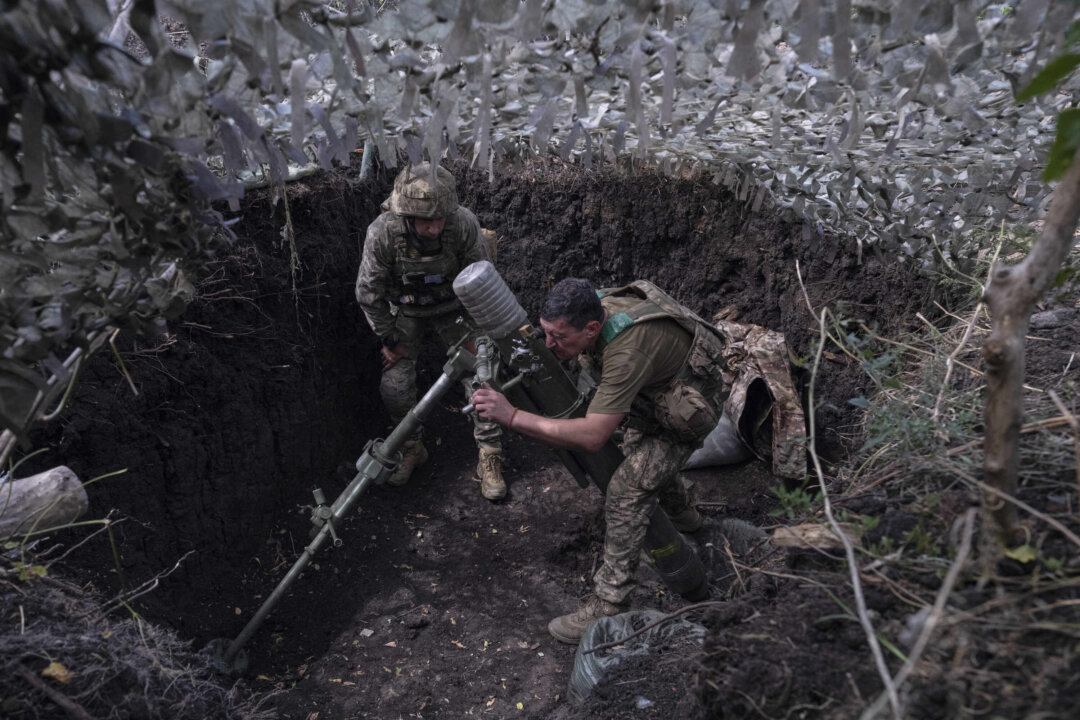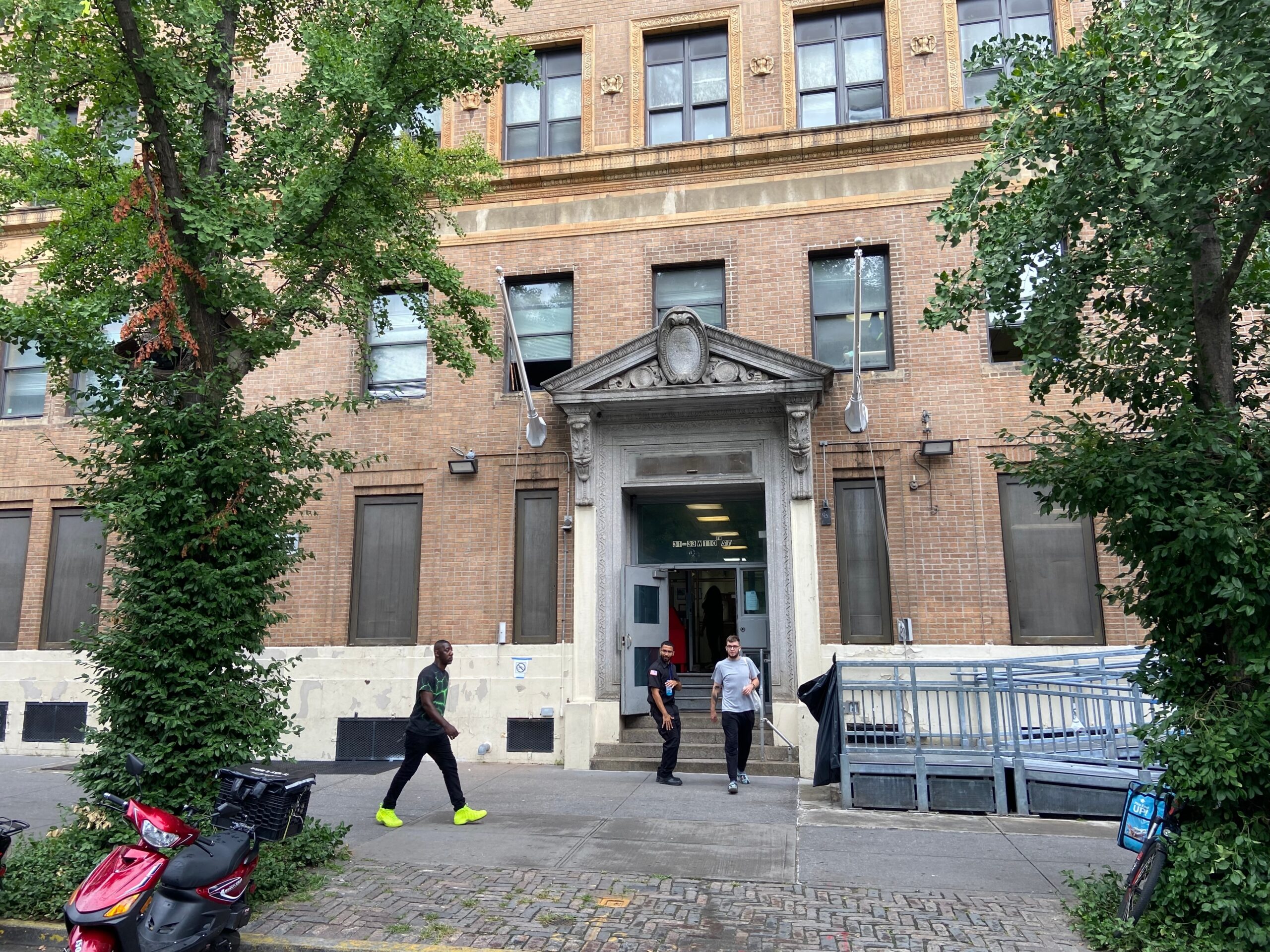0 Reacties
0 aandelen
1K Views

Bedrijvengids
Elevate your Sngine platform to new levels with plugins from YubNub Digital Media!
-
Please log in to like, share and comment!
-
 YUBNUB.NEWSCrazy Leftist 'He/They' Tries to Mow Down Border Patrol to Save IllegalsThe Leftists protestors are getting more and more brazen and dangerous. This story is truly unbelievable.NEW: DHS tells @FoxNews a U.S. citizen agitator was arrested in Maine after she harassed0 Reacties 0 aandelen 145 Views
YUBNUB.NEWSCrazy Leftist 'He/They' Tries to Mow Down Border Patrol to Save IllegalsThe Leftists protestors are getting more and more brazen and dangerous. This story is truly unbelievable.NEW: DHS tells @FoxNews a U.S. citizen agitator was arrested in Maine after she harassed0 Reacties 0 aandelen 145 Views -
 YUBNUB.NEWSTrump Weighs Sanctions, Tariffs as Ukraine Talks Stall After Putin SummitThe president warns he will decide within weeks whether to escalate pressure on Moscow or step back from mediation efforts. By yourNEWS Media Newsroom Two weeks after his summit with Russian President0 Reacties 0 aandelen 143 Views
YUBNUB.NEWSTrump Weighs Sanctions, Tariffs as Ukraine Talks Stall After Putin SummitThe president warns he will decide within weeks whether to escalate pressure on Moscow or step back from mediation efforts. By yourNEWS Media Newsroom Two weeks after his summit with Russian President0 Reacties 0 aandelen 143 Views -
 YUBNUB.NEWSStar Tribune Does the Norm Macdonald Meme, Portrays Trans Community as Victims While Ignoring Slain KidsYes, don't worry about the Christian children who were shot and terrorized, the people attending Catholic mass, or Christians in general, it's really the trans community we should be worried about. Never0 Reacties 0 aandelen 141 Views
YUBNUB.NEWSStar Tribune Does the Norm Macdonald Meme, Portrays Trans Community as Victims While Ignoring Slain KidsYes, don't worry about the Christian children who were shot and terrorized, the people attending Catholic mass, or Christians in general, it's really the trans community we should be worried about. Never0 Reacties 0 aandelen 141 Views -
 YUBNUB.NEWSTexas suit alleging anti-coal cartel of top Wall Street firms could reshape ESGIts a closely watched test of whether corporate alliances on climate efforts violate antitrust laws. Credit: ToonariPost This article originally appeared on Inside Climate News, a nonprofit, non-partisan0 Reacties 0 aandelen 146 Views
YUBNUB.NEWSTexas suit alleging anti-coal cartel of top Wall Street firms could reshape ESGIts a closely watched test of whether corporate alliances on climate efforts violate antitrust laws. Credit: ToonariPost This article originally appeared on Inside Climate News, a nonprofit, non-partisan0 Reacties 0 aandelen 146 Views -
 YUBNUB.NEWSJosh Shapiros Moderate Mask Slips: Demands Pennsylvania Workers Join Unions or ElseApparently, Josh Shapiro thinks forcing workers to give their money to a group in order to work so they can then donate money to the Democratic Party and other Leftist causes is something to brag about.0 Reacties 0 aandelen 147 Views
YUBNUB.NEWSJosh Shapiros Moderate Mask Slips: Demands Pennsylvania Workers Join Unions or ElseApparently, Josh Shapiro thinks forcing workers to give their money to a group in order to work so they can then donate money to the Democratic Party and other Leftist causes is something to brag about.0 Reacties 0 aandelen 147 Views -
 YUBNUB.NEWSThe Fortress Belt: Ukraines Last Line of DefenseUkrainian soldiers fire a mortar at Russian positions near Kostyantynivka on Aug. 26, 2025. Iryna Rybakova/Ukraine's 93rd Mechanized Brigade via APUkraine hopes a string of fortified cities in northwestern0 Reacties 0 aandelen 140 Views
YUBNUB.NEWSThe Fortress Belt: Ukraines Last Line of DefenseUkrainian soldiers fire a mortar at Russian positions near Kostyantynivka on Aug. 26, 2025. Iryna Rybakova/Ukraine's 93rd Mechanized Brigade via APUkraine hopes a string of fortified cities in northwestern0 Reacties 0 aandelen 140 Views -
 YUBNUB.NEWSDid U.S. Scientists Just Create An Entirely New Frankenstein Pestilence That Could Potentially Kill Millions?Can you imagine the panic that would be caused by a horrifying disease that produces large numbers of blister-like lesions that swell and break open and that spreads as easily as a flu virus does?0 Reacties 0 aandelen 144 Views
YUBNUB.NEWSDid U.S. Scientists Just Create An Entirely New Frankenstein Pestilence That Could Potentially Kill Millions?Can you imagine the panic that would be caused by a horrifying disease that produces large numbers of blister-like lesions that swell and break open and that spreads as easily as a flu virus does?0 Reacties 0 aandelen 144 Views -
 YUBNUB.NEWSThe CDC Fakes a Transgender PhenomenonIf transgenderism is a naturally occurring biological phenomenon, it should be evenly distributed across the population, instead the latest demographic report from a UCLA sexuality institute that uses0 Reacties 0 aandelen 145 Views
YUBNUB.NEWSThe CDC Fakes a Transgender PhenomenonIf transgenderism is a naturally occurring biological phenomenon, it should be evenly distributed across the population, instead the latest demographic report from a UCLA sexuality institute that uses0 Reacties 0 aandelen 145 Views -
 YUBNUB.NEWSHUD Chief: Illegal Immigrants Will No Longer Be Allowed in Taxpayer-Funded HousingScott Turner says the Trump administration will prioritize U.S. citizens in public housing programs. By yourNEWS Media Newsroom Housing and Urban Development (HUD) Secretary Scott Turner said Friday that0 Reacties 0 aandelen 146 Views
YUBNUB.NEWSHUD Chief: Illegal Immigrants Will No Longer Be Allowed in Taxpayer-Funded HousingScott Turner says the Trump administration will prioritize U.S. citizens in public housing programs. By yourNEWS Media Newsroom Housing and Urban Development (HUD) Secretary Scott Turner said Friday that0 Reacties 0 aandelen 146 Views


